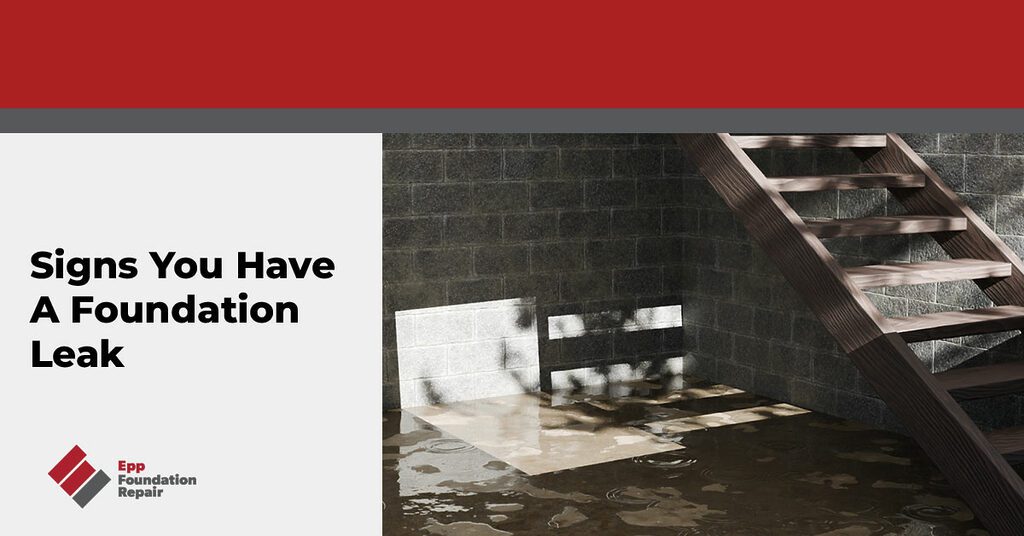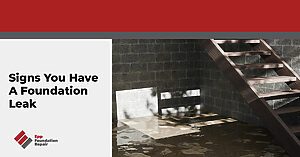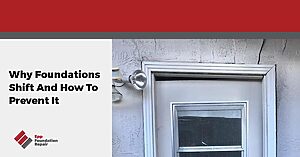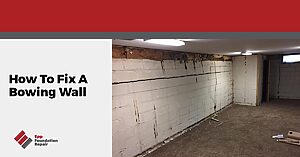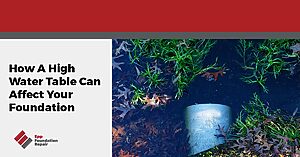Homeownership is a dream come true for many, but it also comes with its fair share of challenges. A foundation leak is one of the most daunting issues a homeowner might face. Not only can it threaten the structural integrity of your home, but it can also lead to significant water damage and even health problems from mold growth. This article will guide you through everything you need to know about foundation leaks, from detection to repair and prevention.
What Is a Foundation Leak?
A foundation leak is any scenario in which water penetrates your home’s foundation. It differs from an ordinary leak, such as a poorly sealed window, since it is connected to foundation damage. Foundation leaks can occur for various reasons, ranging from poor construction practices to natural shifts in the soil surrounding your home. Regardless of the cause, the result is the same: unwanted water enters your home, often leading to further complications.
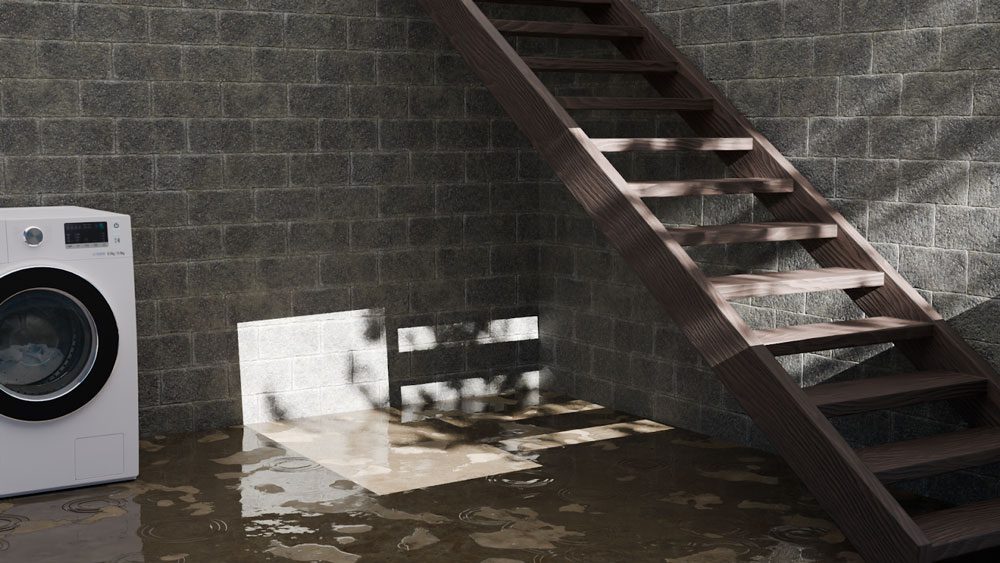
How Can You Tell If You Have a Foundation Leak?
Identifying a foundation leak early can save you time, money, and stress. Here are some signs to look out for:
- Water in Your Basement: This is one of the most obvious signs. If you notice pooling water or damp spots on your basement floors or walls, it’s time to investigate.
- Wet Spots or Stains on Walls and Ceilings: Similar to water in your basement, wet spots or stains on walls, floors, or ceilings could indicate that water is seeping through your foundation.
- Cracks in the Foundation: While small cracks might not always cause alarm as they may not immediately lead to leaks, cracks wider than 1/16 of an inch present a more significant concern. These cracks can create openings that allow water to penetrate. They can appear along the floor, ceilings, and walls.
- Mold and Mildew Growth: Mold or mildew often indicates a foundation leak, even if you do not see a visible crack. If you notice a persistent musty smell or visible signs of mold growth, it’s essential to address the issue promptly.
- Uneven Floors: Water leakage can harm wooden support beams, causing them to warp over time. This warping of the beams leads to structural issues within a building, manifesting as uneven or sagging floors.
- Increased Water Bills: An unexplained spike in your water bill could indicate a leak somewhere in your home, including a water pipe embedded in a slab foundation.
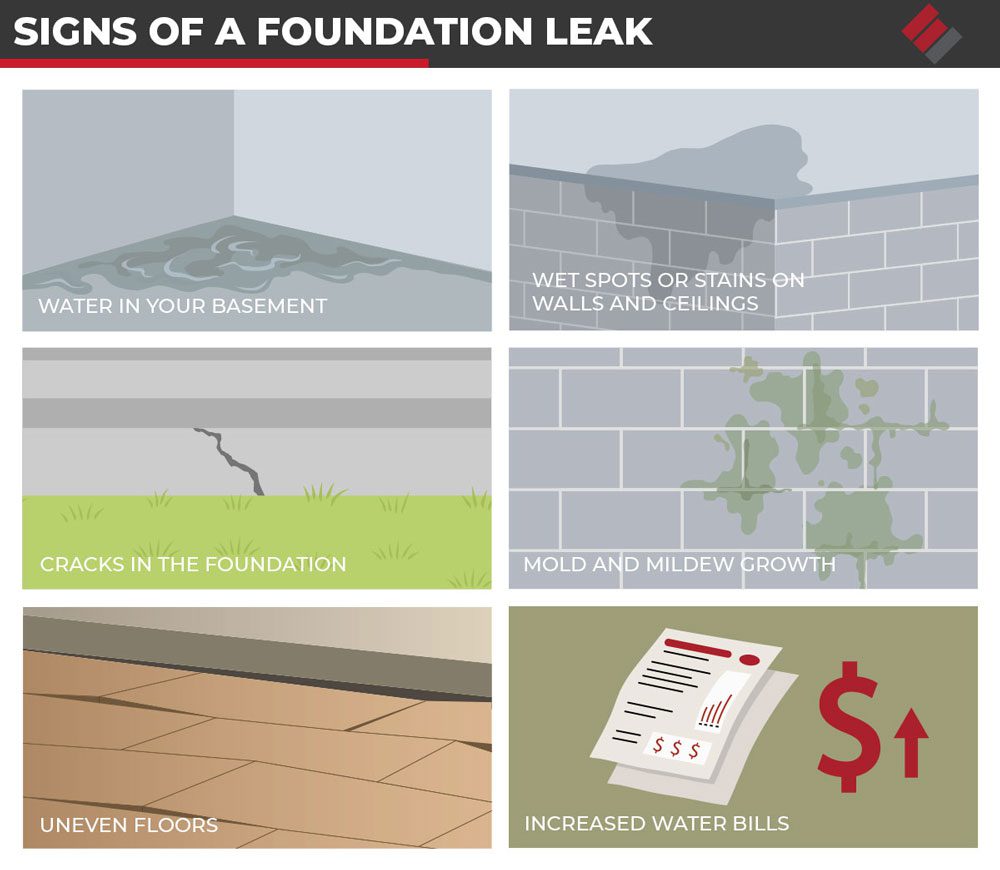
What Causes Foundation Leaks?
Several factors can contribute to foundation leaks, including:
- Poor Drainage: If water doesn’t efficiently drain away from the perimeter of your home, it can accumulate in the soil and exert undue pressure on the foundation, called hydrostatic pressure. Hydrostatic pressure can cause a foundation to bow or crack and push water through the foundation.
- Plumbing Leaks: Broken or leaking pipes can saturate the soil around your foundation, increasing the risk of a leaky foundation. A broken pipe within a poured slab foundation can also lead to foundation leaks.
- Differential Settlement: Differential settlement occurs when different parts of your house settle at uneven rates. This often results from issues like flooding, erosion, or natural soil shifting, leading to uneven distribution of the structure’s weight. When one part of a foundation settles more than another, it can cause cracks and openings where water can enter, contributing to foundation leaks.
- Improper Construction: Defects in the construction of your home, such as the use of low-quality building materials, can compromise the integrity of your foundation. Over time, these flaws can make your foundation susceptible to water infiltration and leaks.
How Serious Is a Foundation Leak?
Foundation leaks are serious and should never be ignored. Water damage can weaken your home’s structural integrity, cause costly repairs, and create health hazards from mold growth. Unfortunately, foundation leaks will only worsen over time. Hence, promptly addressing the issue will provide the most cost-effective solution.
How to Fix a Foundation Leak
The method for fixing a foundation leak depends on its cause and severity. Potential solutions include:
Crack Repair
One of the most obvious solutions is to seal the crack where water is seeping in. There are a few options:
- Epoxy Injection: Epoxy is a strong adhesive used to bond materials together. When it comes to foundation cracks, epoxy injections can effectively seal the crack and prevent water from penetrating the foundation. This method not only stops water leaks but also restores the structural integrity of the concrete. Once cured, the epoxy is stronger than the existing concrete, ensuring a long-lasting repair.
- Xypex Crack Repair: Xypex is a unique crystalline compound that works by penetrating the cracks and capillaries of the concrete. Once inside, it reacts with the moisture and concrete to form a watertight, crystalline structure that blocks water seepage. This method not only stops water from entering but also can self-heal, meaning that it can seal future cracks that may form around the original repair site. Xypex is ideal for situations where the crack is subject to movement, ensuring a durable solution to foundation leaks.
- Wall Clay Process: Wall clay is a natural material that provides an effective barrier against moisture. It is effective for sealing cracks from the exterior of your home rather than having to remove existing drywall or paneling. It is environmentally friendly and can be particularly effective in historical or older homes where preserving the structure’s integrity is crucial. This method not only stops water seepage but also contributes to the overall stability of the foundation by providing an additional layer of insulation.
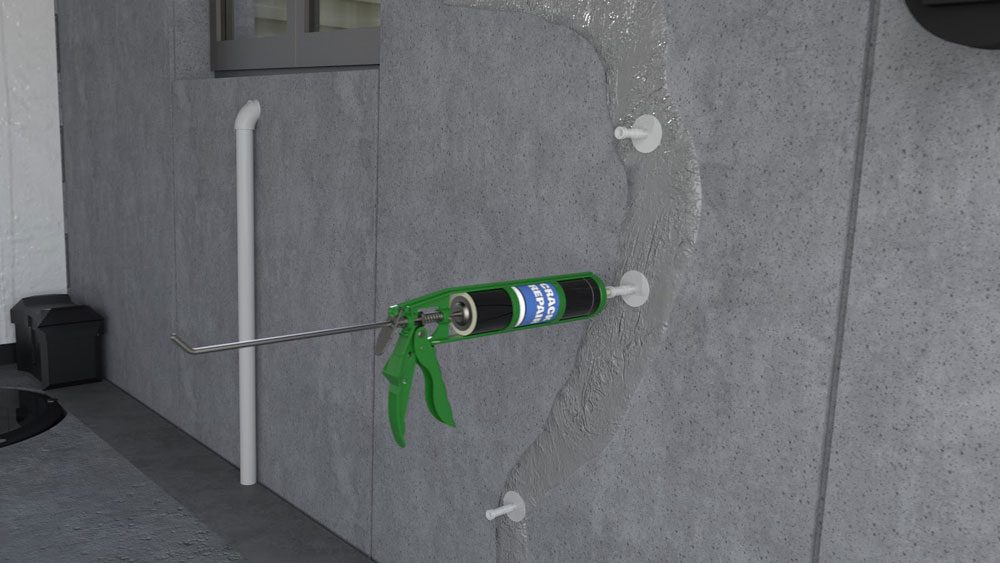
Foundation Underpinning
If the foundation leak was caused by differential settlement, it is vital to level and restore the structural integrity of your foundation before attempting to seal any cracks. To accomplish that, foundation repair companies will recommend foundation underpinning. This technique involves extending the foundation depth to more stable soil layers well below the surface. Two popular pier types include:
- Helical Piers: Helical piers are like giant steel screws that are mechanically twisted into the ground until a suitable load-bearing stratum is reached.
- Push Piers: Similar to helical piers, push piers are deeply driven steel pilings. However, instead of being screwed into the ground, push piers are hydraulically driven into the soil.
Foundation underpinning not only addresses the immediate issues caused by differential settlement but also helps prevent future foundation problems.
Drainage System
Since many foundation leaks can be traced back to drainage issues, installing a drainage system may be imperative to prevent future leaks. There are a variety of drainage options, both for interior and exterior installation. Here are the two most common:
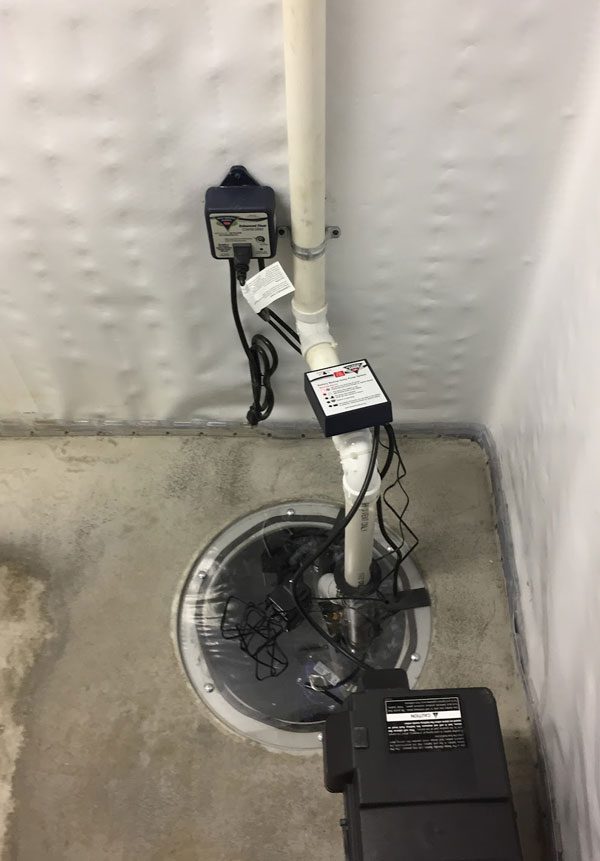
- Drain Tile with Sump Pump: A drain tile system, coupled with a sump pump, provides an effective solution for managing and redirecting water away from your foundation. This system involves the installation of a perforated pipe around the perimeter of the foundation, either internally beneath the basement floor or externally along the foundation’s footer. The drain tile collects any water that would otherwise enter the foundation and channels it to a sump pit. Once the water in the sump pit reaches a certain level, the sump pump activates, pumping the water away from the home’s foundation to a safe drainage area.
- French Drain: A French drain consists of a slightly sloped trench filled with gravel and a perforated pipe designed to divert water away from the foundation. The trench is dug around the perimeter of the house or near the problem area, and the perforated pipe is laid down and covered with gravel. The gravel helps filter out debris to prevent clogging of the pipe, ensuring a long-term solution for directing water away from the foundation. This method is particularly effective in areas prone to heavy rains or where surface water collects near the foundation.
How to Prevent Foundation Leaks
Prevention is critical to avoiding the headaches that come with foundation leaks. Here are some tips to help keep your foundation dry:
- Maintain Proper Drainage: Ensure that your gutters are clean, downspouts direct water away from your foundation, and your yard is sloped away from the house.
- Waterproof Your Foundation: Consider applying a waterproof membrane to your foundation to prevent water infiltration.
- Fix Plumbing Issues Promptly: Regularly inspect your home’s plumbing and repair any leaks as soon as they’re detected.
- Monitor Your Foundation: Keep an eye on your foundation, looking for signs of settling or cracking, and address issues early.
If you suspect a foundation leak, schedule a free foundation inspection and repair quote. Our experts, located in Nebraska and parts of Iowa, Kansas, and Missouri, have over 30 years of experience and are ready to serve you.

